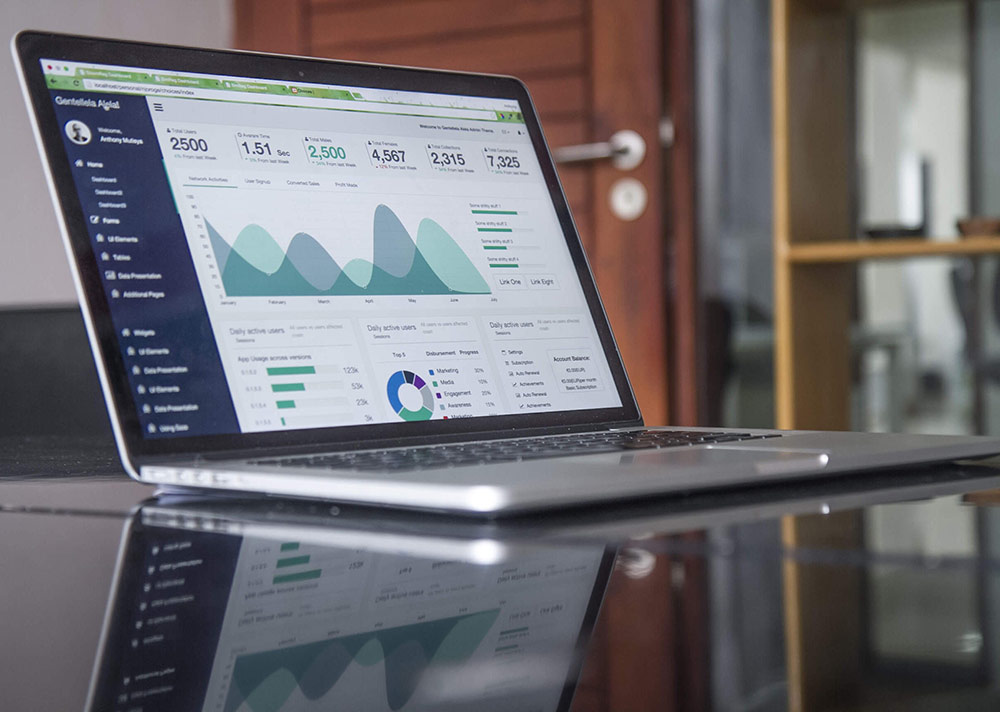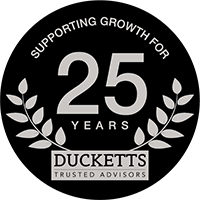Making Tax Digital
Published:
Unless you’ve been living in a cave for the last couple of years, you must be aware that HMRC are introducing compulsory computerisation of business records.

The goalposts have been moved over time, but now we are looking at a start date of April 2019 for most businesses.
To be clear, only VAT registered businesses who are required to be registered will have to use the new system initially. Voluntarily registered business with turnover below the threshold (currently £85,000) can continue as they are for now.
Currently most businesses submit their VAT returns by logging into the HMRC site and manually inputting their VAT figures onto the screen. Under the new rules they will have to have software which transmits the figures to HMRC automatically. The ability to log in to the HMRC VAT return will still be available for the businesses which are voluntarily registered but probably only until MTD comes in for the other taxes (currently 1.4.20)
So, the affected businesses will need to have the appropriate software in place by the start of their first VAT quarter on or after 1 April 2019. This will be 1 April or 1 May or 1 June 2019 and then submit their quarterly information by the end of one month after that quarter ends ie quarter 1.4.19 to 30.6.19, submit by 31.7.19. Then it will be quarterly thereafter. NB the 7 day grace period will not apply to returns or payment but will remain for online payment.
At the moment, the Revenue’s plan is that income tax and corporation tax will be handled this way from 1.4.20. Arguably, the figures will already be submitted for VAT, but there will be a ‘tidy up’ submission at the 10 month after the year end point. This will cover adjustments for stock, debtors, allowances for kit etc.
We anticipate that businesses who already use computerised software will be able to buy a bolt on programme or their existing software will be enabled in some way. I realise that this is vague. Even though we’ve got less than year to go, there is still a lot of uncertainty.
Businesses who use manual records will need to move, at the very least, to using spreadsheets. HMRC have confirmed that spreadsheets are digital records but they will only be acceptable if combined with bridging software that can ‘speak’ to HMRC direct. It is not clear at this stage which companies, if any, are working on providing this type of software.
HMRC will not be providing any free software, but the software companies have to provide some free basic software which would work for very small businesses probably where there is no VAT nor payroll.
That means that nearly all businesses will need to buy software of some kind and ideally before the last minute so they have time to get used to it. If everyone leaves it until the 11th hour and then cries for help in that 3 month initial period, they will be frustrated if we cannot provide our usual level of service.
Any businesses with VAT periods that do not coincide with their accounting periods would be advised to get this changed so that they are co-terminus otherwise they are looking at even more submissions.
Our favoured software is Xero. They provide some basic cash book only models. The VAT enabled version costs £9 + VAT per month. The all singing version which connects to your bank is £22 + VAT per month. *
Alternatively, we will be able to handle these quarterly submissions for you if you prefer. If you decide this is the way to go, there are administrative hoops to be negotiated so please tell us sooner rather than later. It won’t be cheap.
There will be a transitional period where the new system overlaps with the existing tax return system. Everyone currently in self assessment will have to make returns for 2019/20 by 31st January 2021 as usual while reporting under MTD for 20/21. Businesses with an accounting period which starts after 1.4.2019 eg those businesses with year ends of 30 April and later will still be making self assessment tax returns for 20/21 by 31st January 2022. Thereafter everyone who needs to be will be in the new system.
When we get to that point, every month will be a deadline for somebody so the January panic will only apply where businesses have a year end of 31st March. It will be a February panic for 30 April year ends and so on.
We understand that the tax payments dates will stay the same. HMRC will be inviting ‘customers’ to make voluntary payments when they submit their quarterly figures, but this is unlikely to be attractive particularly in the transitional period where clients will be paying under the old rules already.
Landlords with turnover of £10k + will have to make quarterly digital returns from April 2020. As they’re not VAT registered, the Xero software for £5+ VAT per month * option may be a possibility.
HMRC are prepared to allow certain businesses to opt out of MTD. Businesses with turnover under £10k are not covered by the MTD rules. They will simply submit their figures 10 months after their year end.
Other than that, a business will have to apply for digital exclusion due to impracticality. We do not expect any of our clients to qualify for this.
Everyone has a personal digital tax account and I recommend that you access it. In there is a mine of useful information that we, as your agents, cannot see. You can see your National Insurance contributions. My record goes back to 1980/81. Your P60 information is held there, PAYE codes and ultimately your tax bills will operate from there. If HMRC have got the wrong information about your income it will be apparent there. NB going forward they will be assessing your tax bills based partly on third party information (salaries, interest, pensions possibly dividends) and you need to be able to see what they think you’ve had.
In a nutshell, it’s all change. You need to start getting ready.
If you want us to help or do it for you, please tell us sooner rather than later.
*Prices correct at May 2018
Latest Posts
The Budget 2025
Welcome to the Team, Adam Wright!
Volatile, Uncertain, Complex and Ambiguous.
Meet The Team - Phil Taylor
Tax Tips 2025

